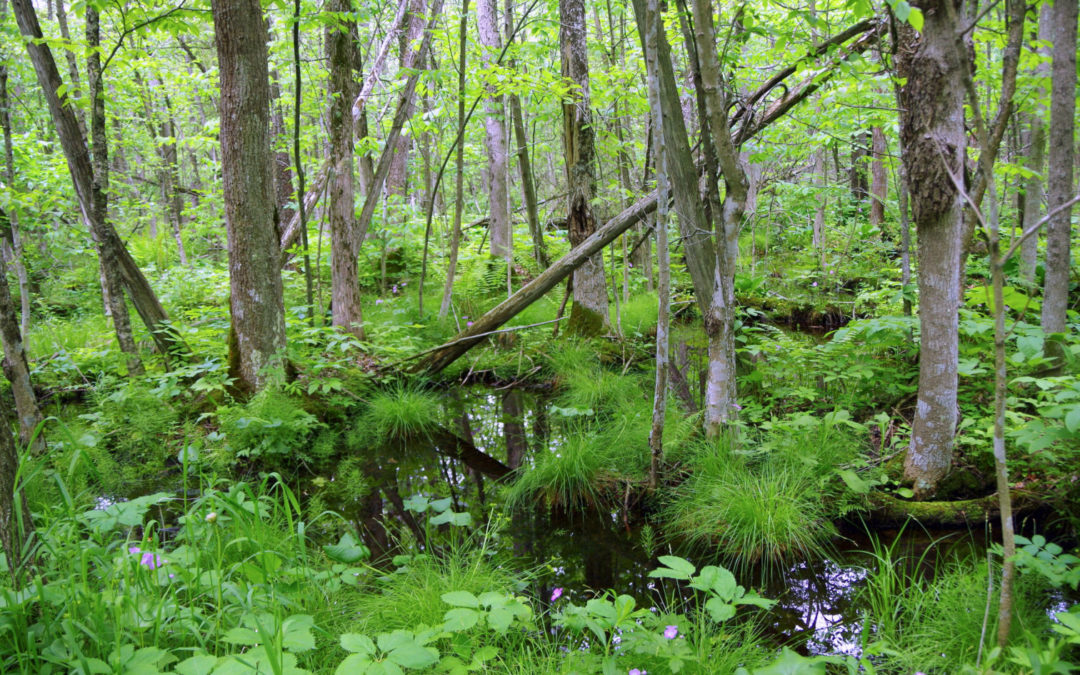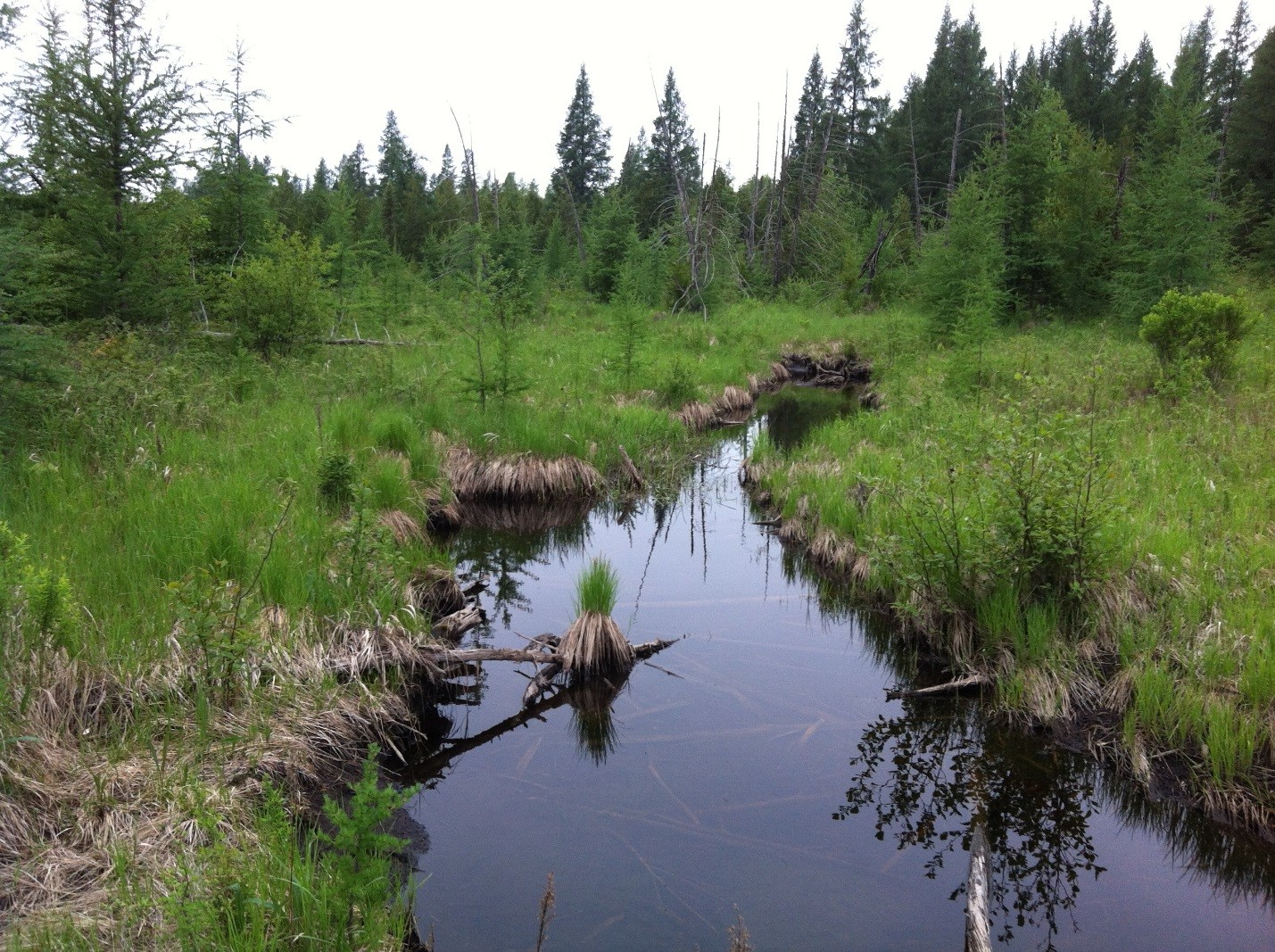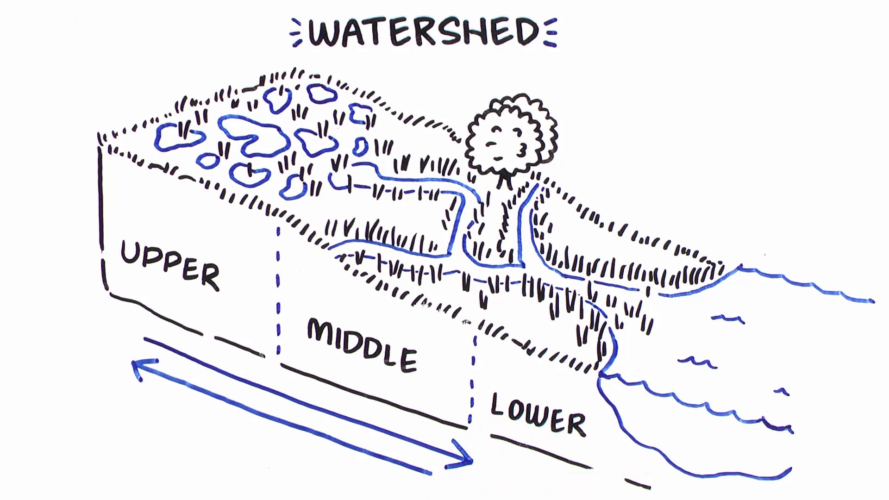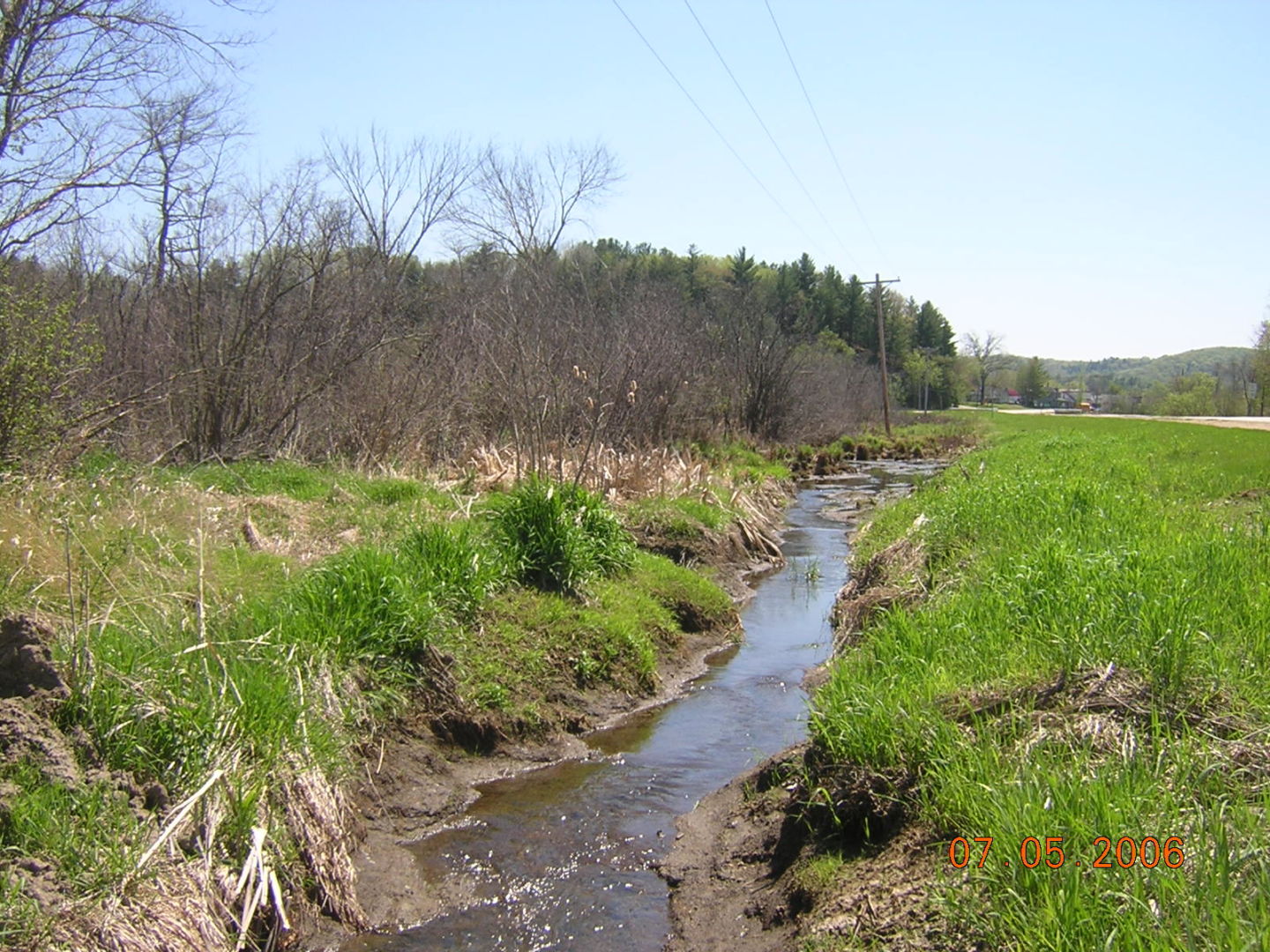If you do, then you need to pay attention to wetlands—even the small and seemingly isolated ones—because wetlands are some of the most important features on our landscape when it comes to providing flood protection and clean water for you and your community.
Nature creates wetlands to handle water. Sometimes this is in obvious places like along the banks of rivers, where rivers come together, or where they empty into larger water bodies.
But wetlands also form in more subtle places, like where the land is flat and water runs off the surface very slowly or in shallow depressions where rain and snowmelt pond.
Often these wetlands are small in size and are only wet for a short period of time, usually in the spring and early summer. Because of their small size and short-term nature, these wetlands are often overlooked on the landscape.
But they’re there. And they’re very important when it comes to water quality and water quantity control.
Why are small wetlands important?
- They absorb snowmelt and rain in the spring, recharging groundwater.
- They slowly release water into streams and rivers, maintaining base flows and the cool waters that trout and other fish depend on.
- They allow sediments to settle to the wetland floor by slowing the flow of water, improving water quality.
- They support plants that stabilize soils and protect shorelines from erosion.
- Snowmelt and rainfall would flow more quickly into streams and rivers, taking sediment with them and causing erosion and channel down-cutting.
- Less wetland absorption would create larger flashier floods.
- Less water would be available to streams and rivers later in the season, meaning lower river flows and warmer water.
- Less water would filter through the soil into groundwater, meaning recharge would go down.
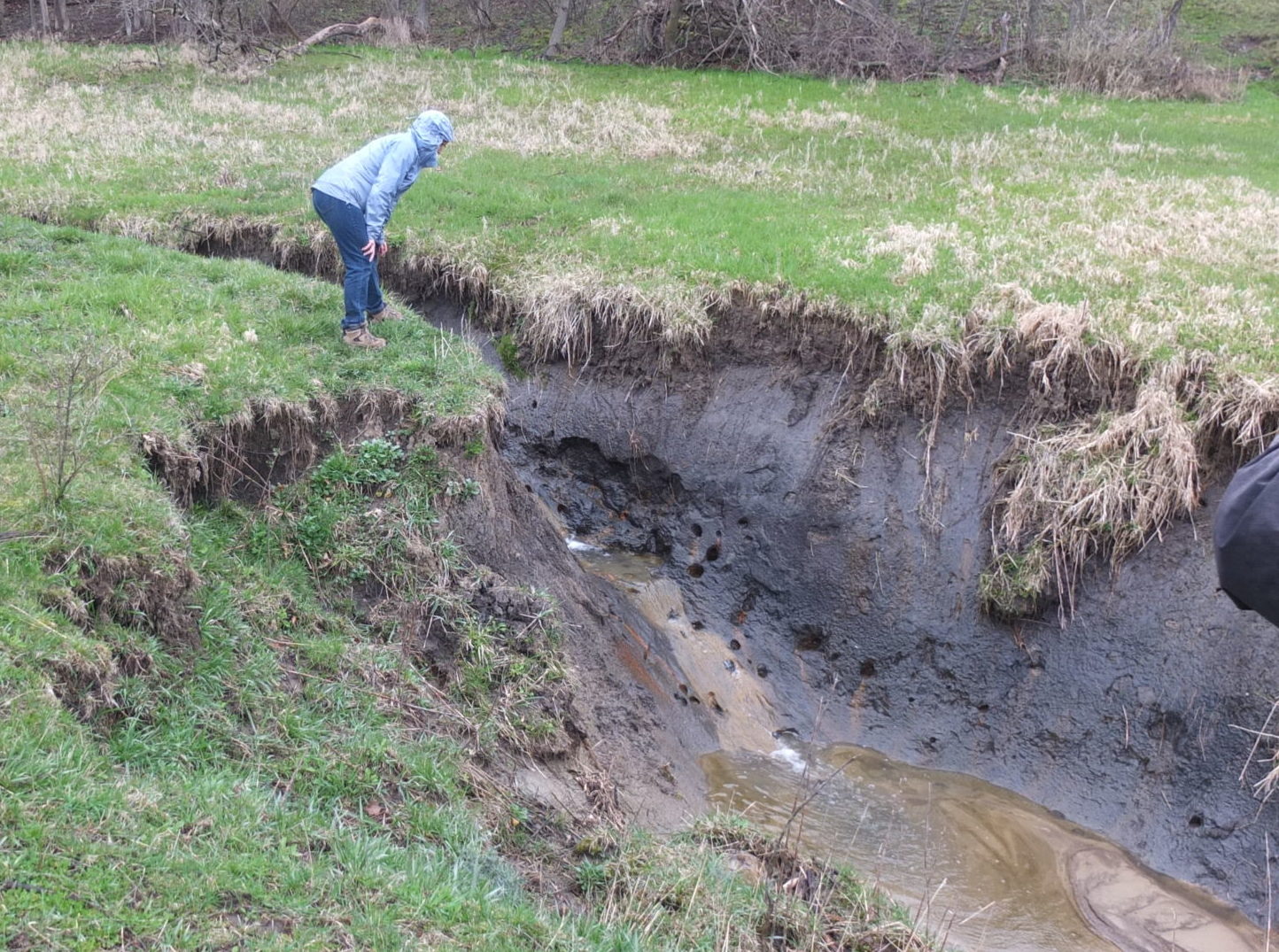
Wetland loss upstream caused this eroded, down-cut channel.
So next time you see a place on the landscape where water collects in the springtime, take a closer look. Not every puddle is a wetland, but small, ephemeral wetlands are helping make sure the water you drink is clean and your community better protected from flood impacts.
Photos by Kate Redmond and Troy Maggied
How wetlands protect communities during floods
All of our state’s wetlands work together to prevent flooding.
Changes to our land, challenges for our waters

